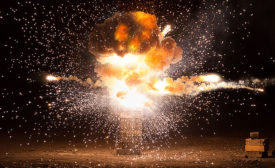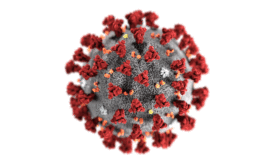Articles by Jonathan H. Schaefer
A look at OSHA enforcement in 2021 under the Biden administration
The start of a new year is a good time to look at current workplace policies and compliance
January 6, 2022
Become a Leader in Safety Culture
Build your knowledge with ISHN, covering key safety, health and industrial hygiene news, products, and trends.
JOIN TODAYCopyright ©2025. All Rights Reserved BNP Media.
Design, CMS, Hosting & Web Development :: ePublishing











